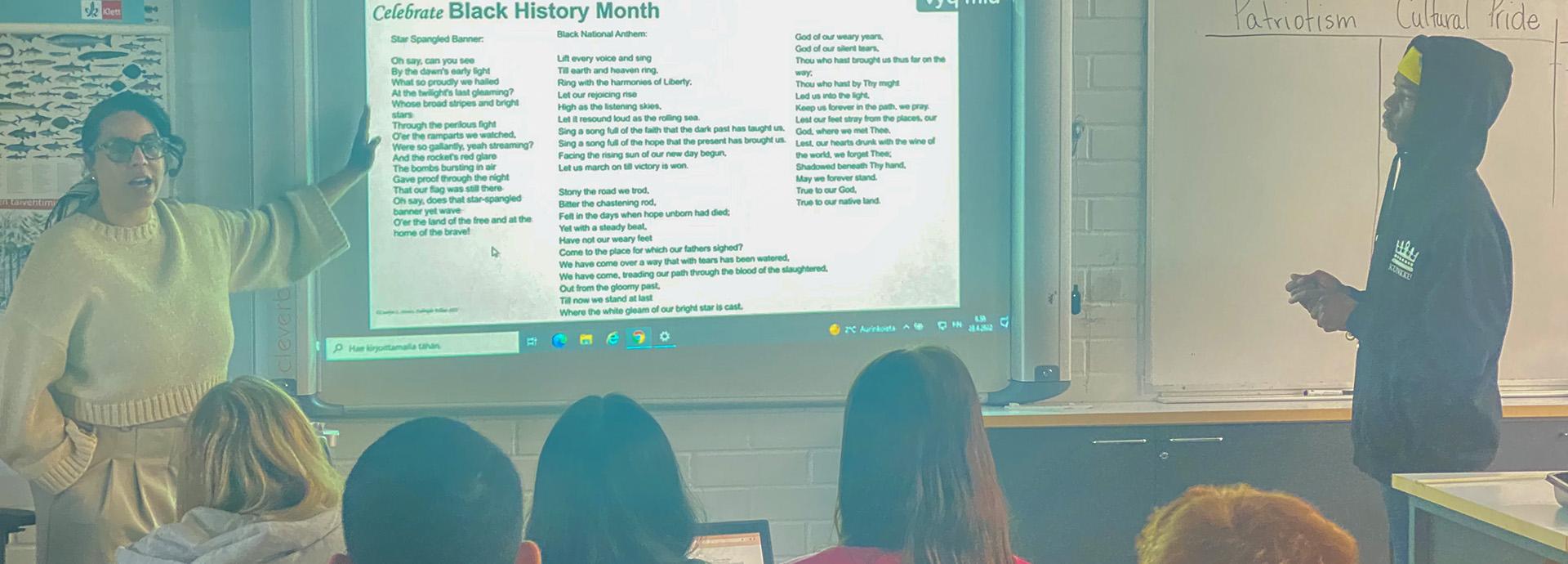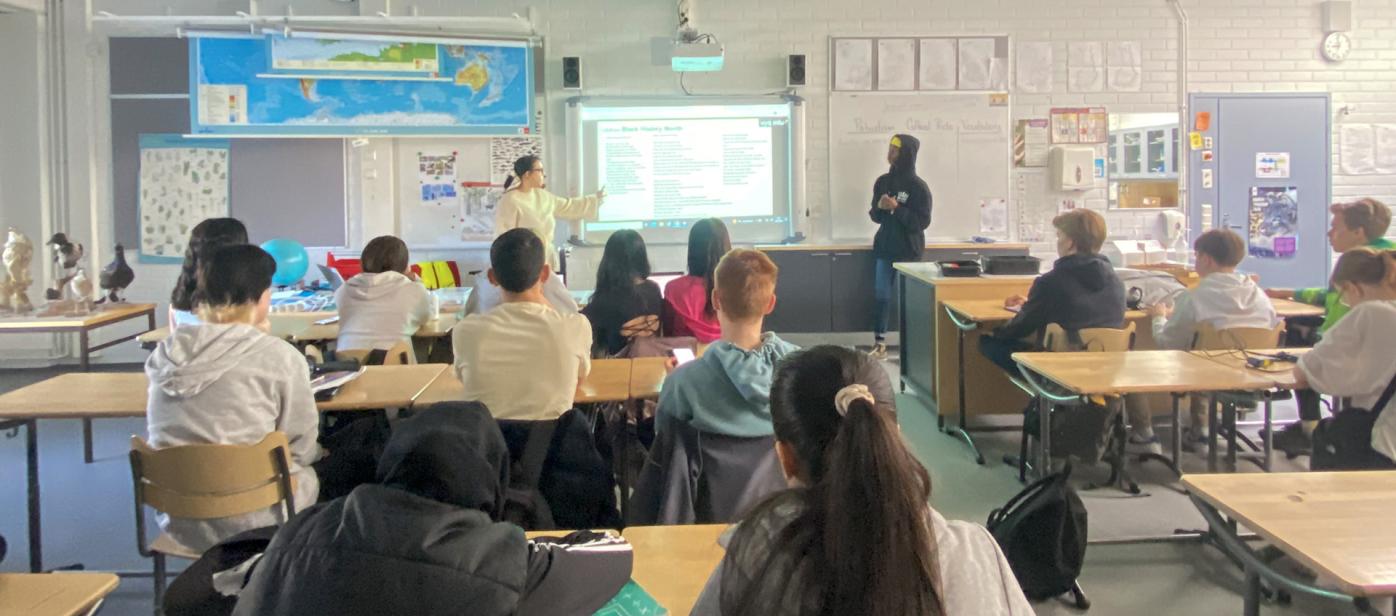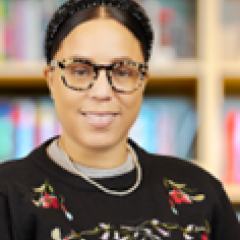

As a Fulbright Distinguished Awards in Teaching Research Fellow in the United States, I am interested in the relationship between vocabulary instruction and reading achievement. I came to Finland to research best practices in literacy development implemented in Finnish public schools.
Classroom observations
A key indicator of students’ success is their vocabulary because the knowledge anyone has about a topic is based on the vocabulary of that information (Marzano and Pickering, 2007). I learned that Finland’s curriculum emphasizes language learning and students become multilingual throughout their schooling starting in the primary grades. I expanded my research question asking: “What does it mean to learn multiple languages in a way that acknowledges vocabulary acquisition as inseparable from reading proficiency?”
Language learning is a form of literacy development. Building students’ plurilingualism as a standard approach within Finland’s national curriculum engenders strong literacy development and elucidates why Finland consistently outperforms other countries in reading (PISA, 2018).
Unexpected pathways
Finland’s long held advantage of its basic education is its guaranteed access to education regardless of families’ socioeconomic status. However, equity in immigrant education has come under scrutiny. Candid conversations during roundtable discussions with administrators and teachers reflected national concerns about changing communities and how schools can develop best practices to support immigrant and non-Finnish speaking students.
This led to an unexpected pathway in my research. As an antiracist teacher who specializes in culturally centered pedagogies, I found my expertise in high demand and began collaborating with schools lecturing, presenting, and teaching about culturally relevant education.
Culturally relevant education
Recently, I accepted an invitation to a Finnish school to facilitate a roundtable discussion with staff and engage in a cultural exchange with students. 65% of the school’s student population are of multiethnic-cultural backgrounds and teachers were interested in my expertise as they were considering new ways to improve the curriculum.
Students requested a Black History Month presentation. Black History Month celebrates the contributions of African Americans in the United States and worldwide. This was done as a means to foster cultural engagement and rectify students' disappointment in the school overlooking the significance of the month. Roundtable discussions explored introducing more multicultural-ethnic content within the curriculum to help students to construct their cultural identities and confirm them as valued members of society.

Critical pedagogy
Students need to see themselves within the curriculum, and this is at the core of culturally centered pedagogy. School stakeholders should be cognizant of the intersecting axes that build pathways towards inclusive education and how such approaches impact students. It is an ongoing process, practice, and should be integrated into school culture.
The rise in multicultural-ethnic student populations in Finnish schools suggested an increased attention on how culturally centered pedagogy can make a positive difference in the quality of education and engender stronger alignment between the written, taught, learned, and experienced curricula. Thus, school stakeholders would do well to consider the connections between culturally centered pedagogies as a hallmark of strong curricula and student success.
Conclusions
My Fulbright experiences confirm two key understandings: First, it is important to identify best practices that conceptually align with student growth model frameworks that confirm the fundamental goal of education that all students can succeed. Second, I synthesize my Fulbright experience by understanding that one does not have to change the student population to get results, but instead change the conditions under which students can learn.
